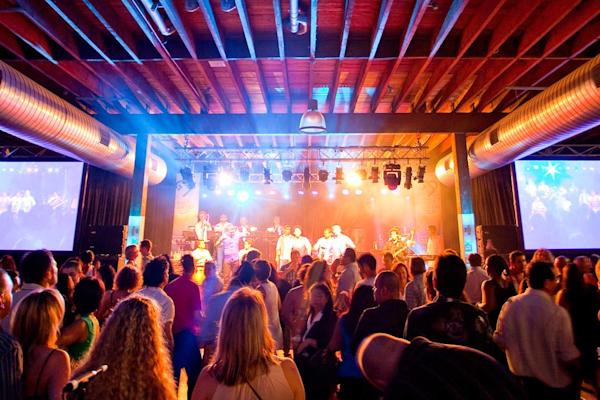The evolution of payment technologies

IMAGE: The evolution of payment technologies – Glownet
Although the first credit and debit cards were seen in the 1950s in the Diners Club. It was not until the early 1990s that the closed-loop cashless systems began to spread around the world. These new “smart cards” served as electronic purses that could be used to purchase things without the need for network connectivity. Soon enough, aside from purchasing, these smart cards took over office settings in the form of access control as they could be used to prove the identification of the customer.
Skip to the late 2000s and beginning of 2010s, cashless payments form now a key component of your day to day. With immense developments in Radio Frequency Identification (RFID) and Near-Field Communications (NFC) we have transitioned to a new trend of letting intermediaries to handle our transactions. For example, we rely on digital wallet systems, NFC payments done through a phone, and more importantly, doing all of our financial operations through mobile applications.
When did cashless technologies reach live events and festivals? It’s hard to say. Some claim that the first event who introduce it was Sziget Festival back in 2011 located in Hungary. Others say it was the sall festival Da Vinci Days in 1996 located in the United States.
The event industry has gone through many changes in their payment technologies. Use of cash, tokens, credit/debit cards has always been the standard. Recently, this as changed a lot as more and more events from all industries choose to use cashless as their way of payment. Cashless payments are a win-win situation for both events and attendees. Event organizers can enjoy with faster transactions and higher spending while customers don’t have to worry about their valuables being stolen or lost.
What’s next?
It is interesting to know how we got to this point, but what’s next? Cashless systems can be seen everywhere in our world. How will these evolve? We have dreamt of biometric forms of payment as if they were futuristic technologies, but turns out they are closer to us than imagined. If events can go cashless then surely entire countries could do it too, Sweden is among the ones expected to reach this within the next years.
Last year, Mastercard launched in Europe the __Identity Check Mobile (ICM)__. ICM allows users to pay with their fingerprints and facial recognition technology to verify a cardholders identity. Also, last year __Capital One__ released a feature that works with Amazon’s Alexa. Customers of Capital One can manage all of their financial transactions and queries simply by speaking to Alexa. The voice recognition software allows this technology to be highly secured and increase the speed of transactions. These technologies are already developed and working, in no time these will spread to our sectors and hopefully reach to our beloved events.
With facial recognition or fingerprint payments, you become your own ticket. There is no need to bring a wallet to the event (saving yourself he possibility of it being stolen), as you can validate your identification at the entrance with a finger tap, pay for your drinks with a selfie, and if you run out of credit add more money to your bank account by talking to Alexa.
Interested in knowing what benefits can cashless payment systems bring to your business? Learn more in our Home page.


